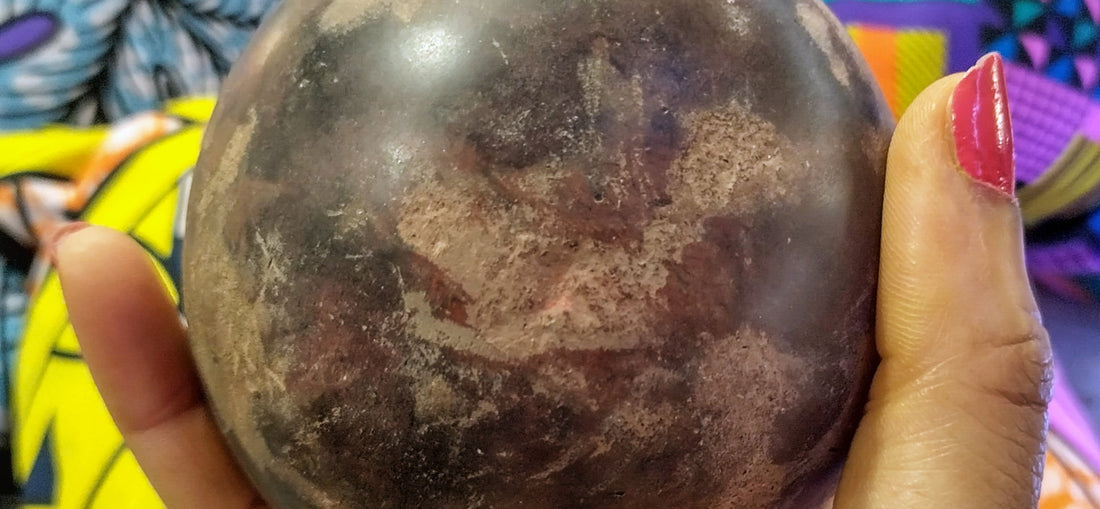
Discovering the Art of Dorodango: Crafting Beauty from Earth and Pigments
Share
If you’ve ever come across a perfectly smooth, gleaming orb that seems to captivate your senses, you’ve likely encountered a Dorodango — a traditional Japanese art form that combines the natural world with human creativity. This simple yet mesmerizing practice involves shaping dirt or clay into a smooth, glossy sphere, which is then polished to perfection. Each Dorodango is unique, often reflecting the earth from which it was crafted, and can be infused with vibrant colours and textures through the use of pigments like crushed soft pastels or charcoal.
The History of Dorodango
The origins of Dorodango can be traced back to Japan, where the name itself roughly translates to “mud dumpling” or “mud ball.” Historically, the art form was practiced by children, who would create these little spheres as a form of play, using dirt or clay found in their surroundings. Over time, however, Dorodango evolved into a more serious and meditative craft, with artisans exploring various techniques to achieve increasingly smooth and lustrous finishes.
While Dorodangos are deeply rooted in Japanese tradition, their appeal has spread across the globe, with people of all ages and backgrounds now engaging in the practice. Some see it as a way to reconnect with nature, while others appreciate the meditative and focused process of crafting these gleaming orbs.
The Process of Making a Dorodango
Creating a Dorodango requires patience, skill, and a careful, deliberate process. It begins with gathering the raw material — in my case, clay from my own property. The process involves several stages:
- Shaping the Core: The first step is to gather the raw earth or clay and shape it into a round ball. This part is about the foundation, so don’t worry too much about smoothness just yet.
- Building Up Layers: Once you have the base form, you begin adding layers of damp soil or clay, carefully smoothing them over the core. This stage requires attention to detail as you work to build up the shape.
- Drying and Initial Polishing: After the layers have dried slightly, the next step is to gently begin polishing. This is where the true magic happens. By using a cloth or your hands, you start to create a shiny surface through consistent, circular motions.
- Adding Pigments: To bring out the colours and textures that make each Dorodango unique, pigments like crushed soft pastels and charcoal can carefully applied. These pigments not only enhance the aesthetic but also add depth to the orb’s surface, creating a striking contrast.
- Final Polishing: The final step involves more polishing, to smooth the surface to a high gloss. This gives the Dorodango its signature gleam, creating a small yet intricate work of art that is a true reflection of nature’s beauty.
A Timeless Craft
The art of Dorodango is not just about creating something visually stunning; it’s about the process itself — the patience, the connection to the earth, and the meditative focus. Whether you’re drawn to it for its calming nature, its aesthetic beauty, or its cultural heritage, the practice of making Dorodangos offers a meaningful way to connect with the natural world around you.
If you’re looking to own a one-of-a-kind piece of art, each Dorodango created is a reflection of the artists creativity and the earth that has shaped it. They are small, but their beauty is vast.